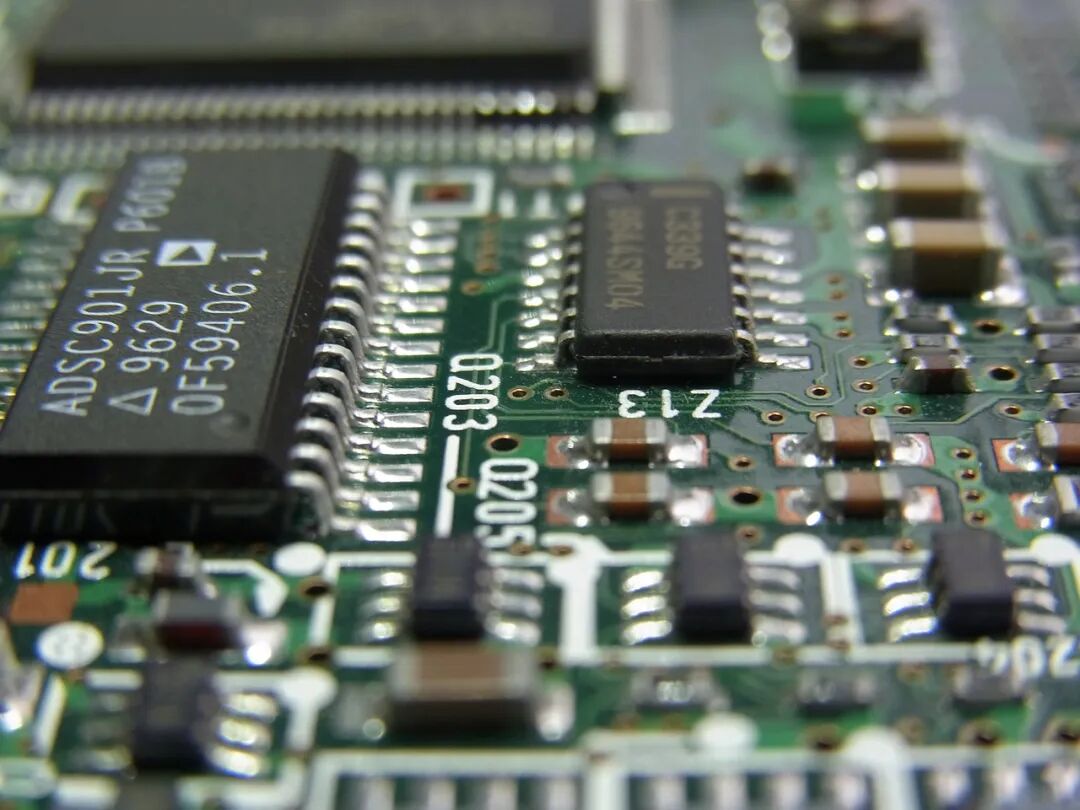As consumer electronics continue to miniaturize and become lighter, the application of 3D flexible circuit boards is becoming increasingly widespread, making it a key focus for engineers. This article will outline important considerations for designing 3D flexible circuit boards, hoping to assist fellow engineers.

1. Preparation Before DesignDetailed documentation is crucial for planning key areas of the flexible circuit, including details such as stacking structure, cover layer, and reinforcement areas. Specify substrate materials, copper thickness, reinforcement materials, and components.2. Consideration of Application Types① Static applications – Once the flexibility is established, it maintains its shape permanently. Choose suitable materials and components.② Dynamic applications – Must withstand continuous flexible movements. Consider the durability of materials and components.3. Manufacturing Constraints① Special pad design – Prevent separation of copper and insulation layers. Package and pad sizes may be larger than standard rigid PCBs.② Edge gap of the circuit board – Maintain a gap of 0.15 cm to prevent separation during stacking.③ Use of chamfers – Reduce the risk of connection between circuit traces and pads.4. Circuit Trace Structure Design① Layer offset observation – Optimize trace layout by effectively utilizing layer offsets.② Rounded corners – Change right-angle corners to rounded corners to reduce stress and the possibility of breakage.③ Embedded components – Embed components within the inner layers of the circuit board to help overcome design complexity.5. Reference Standards and SpecificationsIPC standards – Refer to IPC-2223 for flexible PCB design standards and IPC-6013 for the certification and performance specifications of flexible PCBs.6. Avoid Common Issues① Crack formation – Carefully select materials and components to avoid placing vias in weak areas.② Bending radius limitations – Do not exceed the minimum radius set by the manufacturer to avoid “breaking” the flexible circuit.③ Ignoring manufacturing specifications – Pay attention to hole diameter tolerances and other specifications to avoid manufacturing issues and stress generation.④ Stacked trace issues – Avoid stacking traces on adjacent layers; staggered arrangements can help prevent stress generation.This article is an original piece by Wanyi Education; please indicate the source when reprinting!